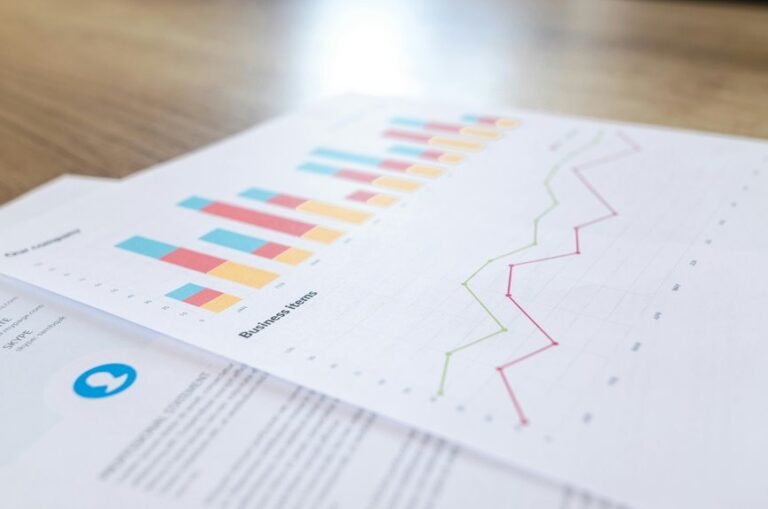Data Record Compilation for 8668623404, 8669070207, 8669107740, 8669160916, 8669284171, 8669490605
The compilation of data records for phone numbers 8668623404, 8669070207, 8669107740, 8669160916, 8669284171, and 8669490605 reveals significant insights into their usage and associated entities. Analyzing the identities linked to these numbers is essential for understanding their legitimacy and consumer perceptions. As patterns in communication emerge, the implications for privacy and user trust become increasingly pertinent, prompting a closer examination of the surrounding trends.
Overview of Phone Numbers and Their Usage
Phone numbers serve as critical identifiers in modern communication, facilitating connectivity across various platforms and networks.
However, their usage is increasingly scrutinized under telecom regulations due to privacy concerns. Practices such as call blocking and number spoofing challenge the integrity of communication.
These issues highlight the need for robust frameworks to protect users while ensuring their freedom to connect without fear of manipulation.
Analysis of Caller Identities and Purposes
How do individuals and organizations navigate the complex landscape of caller identities and their associated purposes?
Understanding caller motivations is crucial for effective identity verification. Organizations must discern whether calls originate from legitimate sources, such as service providers, or potentially fraudulent entities.
This analysis aids in safeguarding personal information and ensuring transparent communication, ultimately fostering a sense of autonomy in an increasingly interconnected world.
Trends in Communication Patterns and Consumer Behavior
As organizations seek to understand caller identities and motivations, they simultaneously encounter evolving trends in communication patterns and consumer behavior.
Notably, shifts in communication trends reveal a preference for digital interactions over traditional methods. Consequently, consumer preferences increasingly favor personalized, immediate engagement, prompting businesses to adapt their strategies.
This evolution highlights the necessity for organizations to remain agile in response to changing market dynamics and customer expectations.
Conclusion
In conclusion, the compilation of data records for the specified phone numbers underscores the importance of transparency in communication. While some may argue that such scrutiny invades privacy, it is essential for fostering trust and ensuring accountability among service providers. By analyzing caller identities and understanding consumer behavior, stakeholders can enhance user experiences while adhering to regulatory standards. Ultimately, this process not only protects personal information but also promotes responsible practices in telecommunications.






